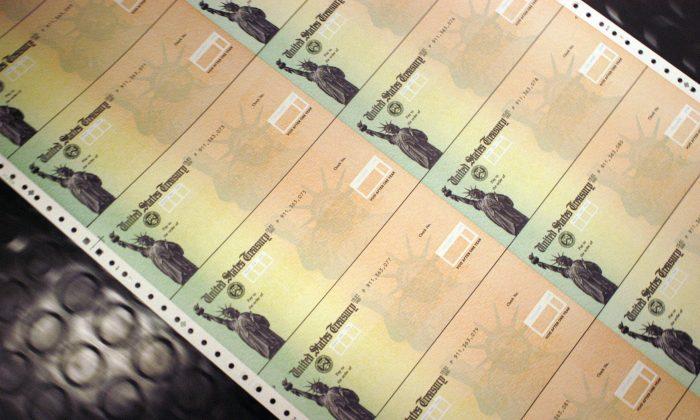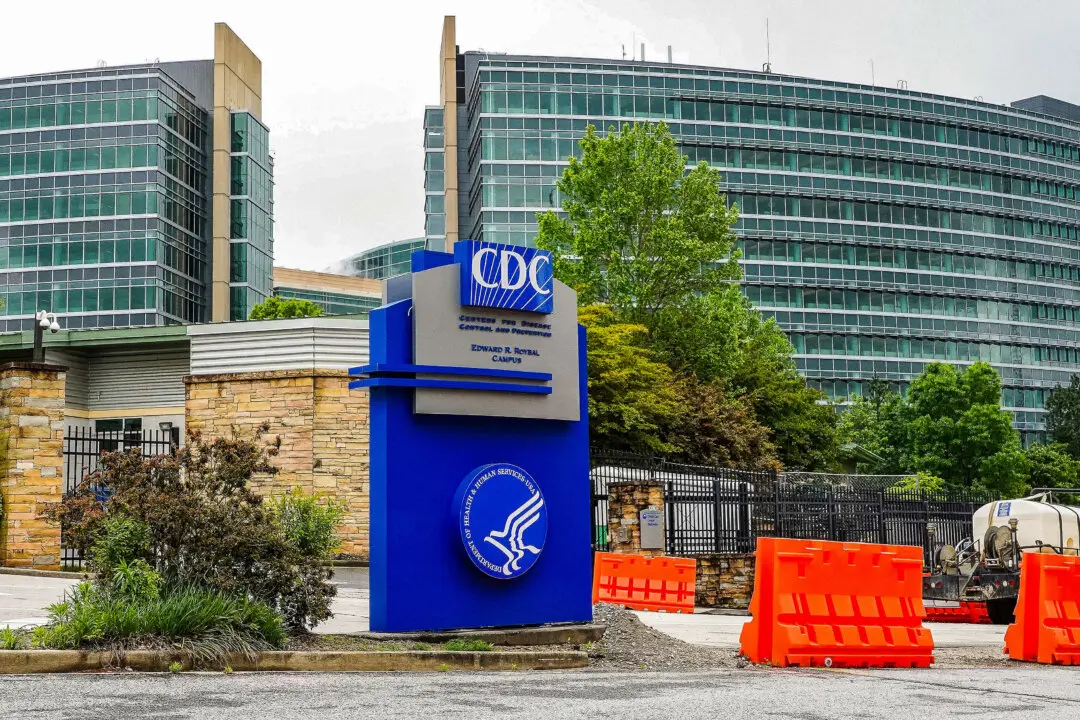Social Security cost-of-living adjustment (COLA) to 2026 payments is now predicted to be 2.3 percent, and that could change due to recent tariff announcements, a senior citizens group said.
The current COLA is a slight increase from last month’s prediction and is still lower than last year’s adjustment.
“This news hasn’t had a major effect on TSCL’s COLA prediction for 2026. Our model’s prediction this month is 2.3 percent, which is 0.1 percentage points higher than last month’s prediction and 0.2 percentage points lower than the last COLA of 2.5 percent,” the Senior Citizens League said in a statement.
However, the group cautioned that due to the tariffs, its COLA forecast could change and would attempt to “capture tariff-driven inflation in the coming months.”
“Along with most economists, TSCL expects the new tariffs to lead to higher inflation. Our COLA model will likely reflect that in coming months as the CPI-W and other economic indicators respond to the new import tax policies,” TSCL Director Shannon Benton said in a statement.
The Social Security Administration announces the next year’s COLA in October. The COLA is based on the Consumer Price Index for Urban Wage Earners and Clerical Workers (CPI-W) data for September, August, and July.
The league said that a number of economists have forecast that some of the tariffs would lead to higher inflation. It called on the Trump administration “to provide exemptions on critical products for seniors.”
“If the administration does un-pause the tariffs, exceptions for drugs, medical equipment, and essential food items could soften the blow for seniors,” the statement said.
While the Senior Citizens League “supports President Trump’s goals of returning manufacturing and strategic production to American shores, we can’t accept the short-term consequences for seniors,” Benton, the group’s director, said in her statement. “We call on the administration to immediately make exceptions to the tariffs for drugs, medical equipment, and essential everyday goods that many seniors already struggle to afford.”
Last week, Trump announced a baseline tariff of 10 percent on nearly every country and imposed higher rates on countries with more significant trade surplus with the United States, such as China, Vietnam, the European Union, Taiwan, Japan, and more. On Wednesday, after dozens of countries reached out to the White House to negotiate, Trump said he would be pausing the higher, reciprocal rates for 90 days but left the Chinese tariffs intact.
Over the past month, the Dow Jones Industrial Average has seen up-and-down swings amid global tariff announcements. As of Friday, that stock index is up more than 500 points after closing down just over 1,000 points a day earlier.
The Epoch Times contacted the White House for comment Friday.







